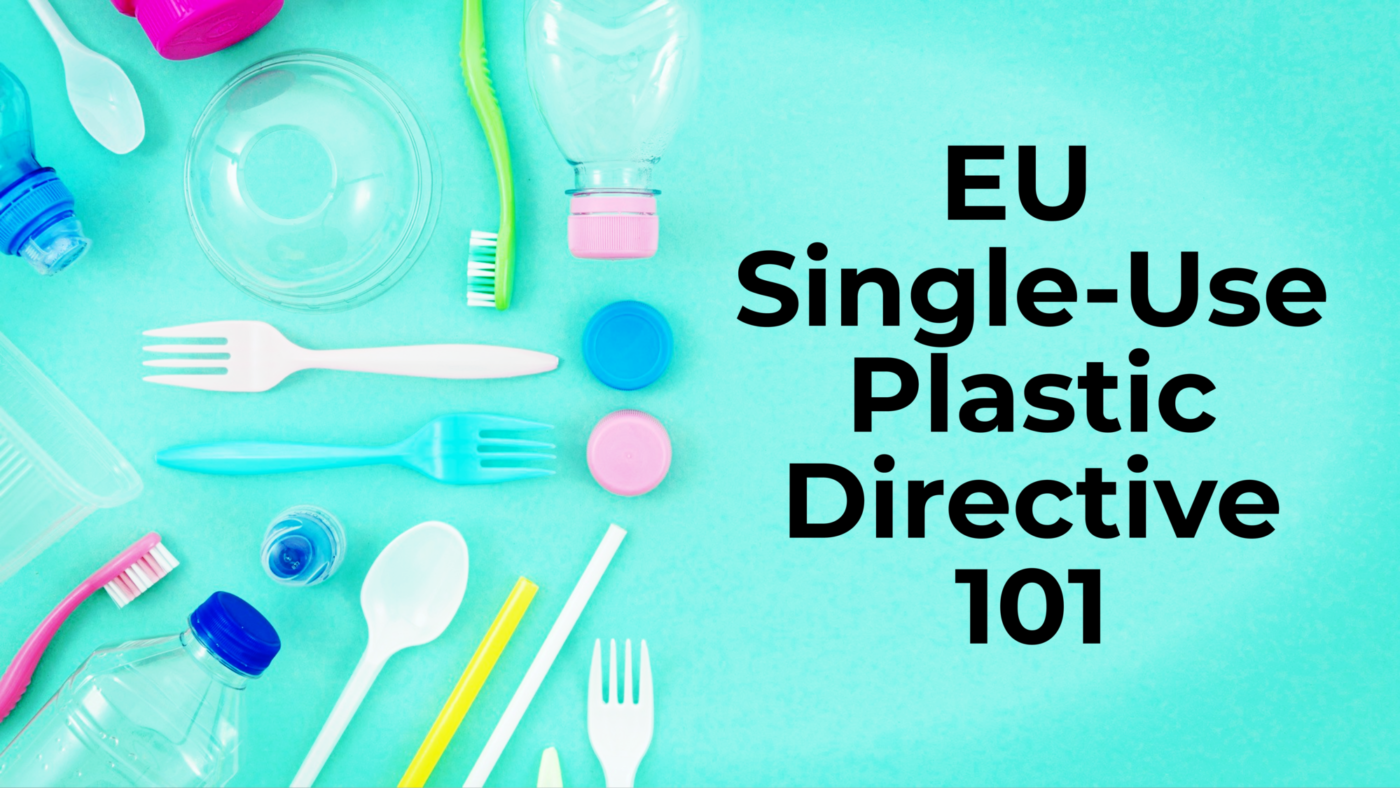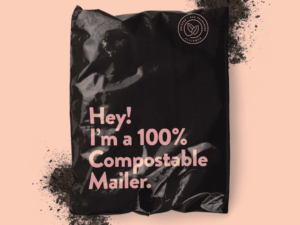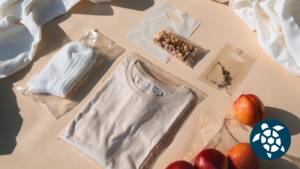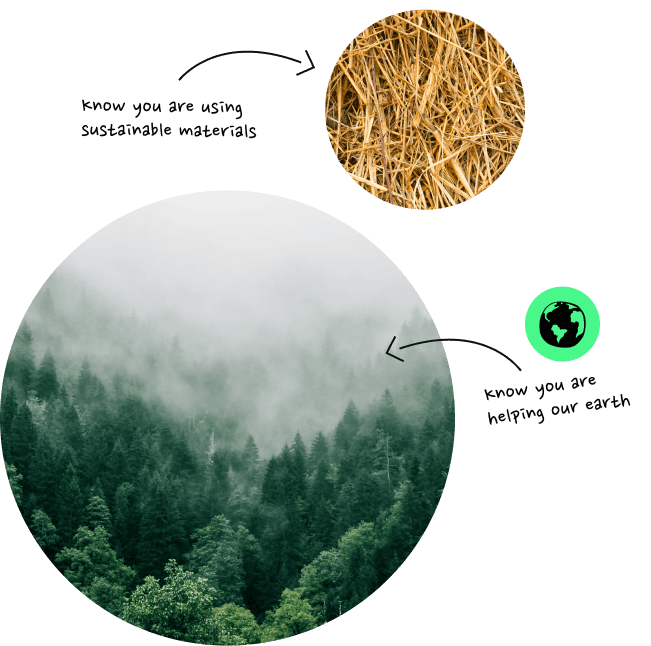Enacted by the European Commission on 3 July 2021, the EU Single-Use Plastic Directive seeks to target items that are responsible for the bulk of marine litter in Europe—more than 80%. All European member states will now have to enact restrictions on the listed single-use plastic (SUP) products. Here are 10 points to summarise the full legislation.
10 items are covered
The 10 items covered by the EU Single-Use Plastic Directive are responsible for the bulk of marine litter in Europe – more than 80%. These items are:
- Cotton bud sticks
- Cutlery, plates, straws and stirrers
- Balloons and sticks for balloons
- Food containers
- Cups for beverages
- Beverage containers (i.e. plastic bottles)
- Cigarette butts
- Plastic bags
- Packets and wrappers
- Wet wipes and sanitary items
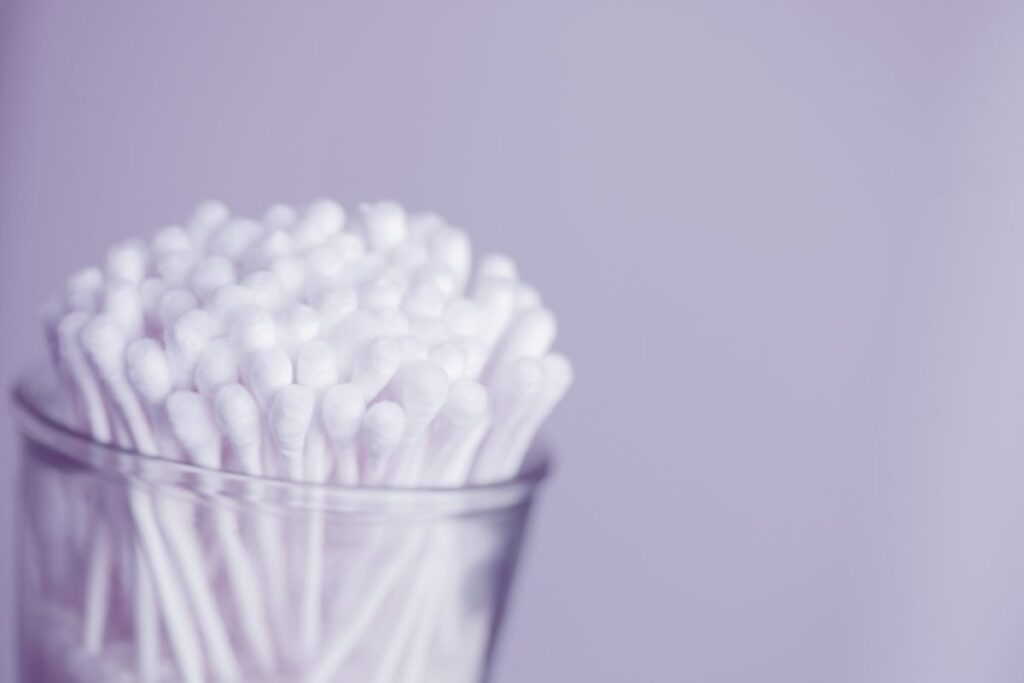
These items are now required to be made from non-plastic, biodegradable materials such as bamboo or paper.
Which items are banned and which are restricted?
Banned items include:
- Cotton bud sticks
- Cutlery, plates, straws and stirrers
- Balloons and sticks for balloons
- Polystyrene cups and food containers
- Oxo-degradable plastic bags
These items are now required to be made from non-plastic, biodegradable materials such as bamboo or paper.
Restricted items are not outlawed but producers must limit their use and be responsible for preventing littering. Labelling guidelines must be followed and producers will have to contribute financially to pollution clean up. Companies will also have to launch awareness campaigns and innovate more sustainable product designs in the future.
The most common restricted items are:
- Single-use plastic bags (not oxo-degradable)
- Beverage containers (i.e. plastic bottles)
- Food and beverage containers for immediate consumption
- Cigarette butts
- Packets and wrappers
- Wet wipes and sanitary items
Single-use plastic laws will differ between countries
The EU directive sets a minimum framework around which EU member will write their own laws. Many have added more items to the banned list. For example, France’s Anti-waste Law for a Circular Economy, enacted in February 2020, also bans most fruit and vegetable packaging, plastic tea bags, confetti and plastic toys offered as part of children’s menus.
Targets for PET bottle recycling rates and recycled content
Although PET bottles are on the restricted list, they are one of the few SUP items that can be readily recycled. However, only 65% are currently recycled in Europe, with the remainder persisting in the environment.
Therefore, the SUP directive sets recycling rate targets of 77% by 2025 and 90% by 2029. Furthermore, bottles should include at least 25% recycled content by 2025.
Extended Producer Responsibility for PET bottle and cigarette manufacturers
PET bottles and cigarette butts are the most common marine litter found in the EU. PET bottlers and cigarette companies will have more stringent accountability as part of the Extended Producer Responsibility (EPR) mandate included in the directive.
Based on the “polluter pays” principle, producers will have to pay a levy to cover the cost of waste management. They will also have to invest in awareness campaigns highlighting the environmental impact and the most sustainable disposal methods.
Labelling
Similar to flammable and irritant product labels, single-use plastic products that remain on the market are required to bear the appropriate single-use plastic marking on the packaging or product itself.
Greenwashing labels targeted in some countries
The push for more sustainable packaging has lead to a significant rise in greenwashing. Currently, words such as “biodegradable” have no legal definition. To combat this, “biodegradable” labels will be regulated in France and Belgium, requiring specific information on how and how long the product will take to biodegrade. Other countries are set to follow suit.
The banned items list will be updated in 2027
The EU directive is aware that the directive will need to evolve as new studies are published and packaging innovations are developed. A review of what items will be added to the banned list will occur in 2027.
Medical plastics exempted
The SUPs ban exempts medical-related plastics. This exemption not only includes the products themselves but also their packaging.
Pandemic plastic pollution has gained significant attention, with the European Environment Agency (EEA) commenting on the build-up of PPE waste in both land and marine environments and their potentially harmful impacts on ecosystems. Around 170,000 tons of plastic-based face masks were imported into the EU during the first six months of the pandemic and calls are growing to find alternatives.
Circular Economy 2030 Vision
The SUP Directive is part of the EU’s broader Circular Economy Action Plan, which will target all industries. As part of this plan, the Commission hopes to create an economy where all remaining disposable plastics in circulation are either reusable or recyclable by 2030.
Lead photo created by freepik.
